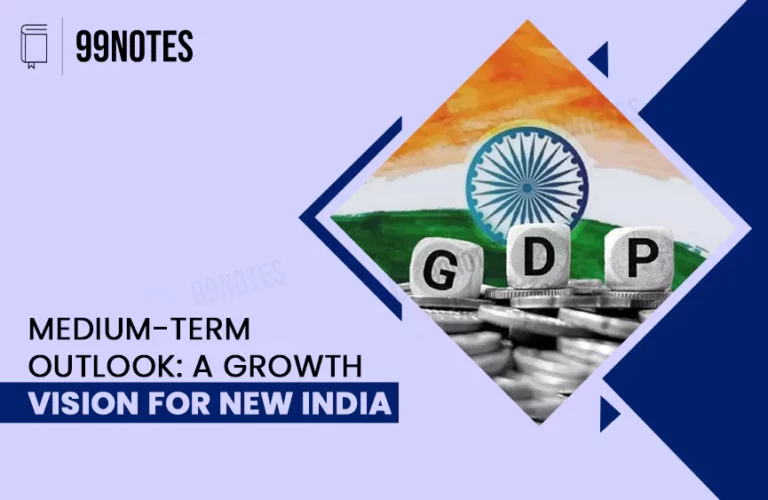20 November 2024 : The Hindu Editorial Analysis
1. A community on the margins, its hidden scars
(Source – The Hindu, International Edition – Page No. – 8)
| Context |
|
Introduction
- Heeramandi, a Netflix series by Sanjay Leela Bhansali, showcases the lives of courtesans in pre-Independence India, exploring their resilience amid societal stigma and colonial oppression.
- It also highlights the mental health challenges faced by sex workers, which remain relevant globally.
Mental Health Challenges of Sex Workers
- Range of Issues:
- Mental health conditions among sex workers include anxiety, depression, PTSD, and substance use disorders.
- These arise from societal stigma, violence, and economic instability.
- Impact of Stigma:
- Social ostracism deprives sex workers of basic human rights, alienating them from essential health services.
- Fear of judgment prevents many from seeking mental health support.
- Violence as a Constant Threat:
- Many face physical, emotional, and sexual violence from clients, pimps, and even law enforcement.
- Such trauma often leads to PTSD and perpetuates mental health disorders.
- Economic Pressures:
- Financial desperation often compels entry into sex work.
- The profession’s precarious and unstable nature exacerbates chronic stress and anxiety.
- Substance Abuse:
- Drugs and alcohol are common coping mechanisms for managing trauma.
- However, this leads to a harmful cycle of addiction, isolation, and deteriorating mental health.
- Isolation:
- Lack of social support deepens feelings of hopelessness, worsening mental health issues.
Gaps in Interventions
- Lack of Mental Health Focus:
- Current efforts, such as those targeting HIV prevention, neglect mental health needs.
- In India, mental health services tailored for sex workers remain largely absent.
- Promising Initiatives:
- A mental health database project in Sonagachi, Kolkata, aims to provide targeted interventions.
- This highlights the importance of data-driven, community-specific solutions.
Recommendations for Comprehensive Support
- Targeted Research and Interventions:
- Research on co-designed interventions with sex workers is essential to promote their mental health.
- Programs must address their unique challenges with urgency and sensitivity.
- Sustained Advocacy:
- Policies should include economic opportunities, legal protection from violence, and access to mental health services.
- Reducing societal stigma is key to improving their well-being.
- Peer Support Networks:
- As shown in studies across Europe, peer support networks play a fundamental role in mental health.
- Creating safe spaces and fostering social support can improve their overall resilience.
Conclusion
- Addressing the mental health crisis among sex workers requires collaborative and compassionate approaches.
- By acknowledging their lived realities and advocating supportive policies, society can take meaningful steps toward justice and inclusion for this marginalised community.
| Practice Question: Discuss the socio-economic and psychological challenges faced by sex workers in India. Suggest policy measures to address their mental health and improve their overall well-being. (150 Words /10 marks) |
2. How India could counter the CBAM
(Source – The Hindu, International Edition – Page No. – 9)
| Context |
|
Introduction
- Protectionist measures like the European Union’s Carbon Border Adjustment Mechanism (EU-CBAM) are creating friction between developed and developing nations in tackling climate issues.
- India has criticised the CBAM as “arbitrary,” raising concerns over its discriminatory nature and potential economic impacts.
| What Is the European Union’s Carbon Border Adjustment Mechanism (EU-CBAM)? |
|
Objective:
|
The CBAM Mechanism and Its Impacts
- Purpose of CBAM:
- Aims to ensure imported goods bear carbon emission costs comparable to EU-produced goods.
- Exporters must report emissions and purchase certificates matching those emissions.
- CBAM’s definitive phase will begin on January 1, 2026.
- Impact on India:
- The EU is a major trade partner, accounting for 20.33% of India’s total merchandise exports, of which 25.7% are CBAM-affected.
- Key affected exports include iron and steel (76.83%), aluminium, cement, and fertilizers.
- India sees CBAM as discriminatory and has called for a united response from developing nations.
Complex Perceptions and Challenges
- Diverse Perspectives:
- Developing countries have differing aspirations and vulnerabilities to climate change, influencing their views on CBAM.
- Multilateral trade and cultural ties also affect their responses to CBAM.
- Accountability for Emissions:
- Under UNFCCC’s production-based accounting, emissions from exported goods are counted in the exporting country’s inventory.
- This often results in developing nations being blamed for climate change despite exporting to developed countries.
India’s Proposed Arguments Against CBAM
- Insufficient Time for Adaptation:
- The EU has had decades to implement emission reduction targets, such as reducing GHG emissions by 20% by 2020 under the 2008 Climate Action Package and 55% under the 2019 European Green Deal.
- Developing nations require comparable timelines for adaptation.
- Revenue Sharing for Empowerment:
- The EU plans to retain CBAM revenues (€5-14 billion annually by 2030) to fund domestic recovery tools like NextGenerationEU.
- India suggests that sharing these funds with trading partners could help in capacity building and technology transfer.
- Alternative Emission Accounting Frameworks:
- India proposes Equity-based Accounting (EBA), which allocates emission responsibilities among trade partners based on equity principles.
- EBA would consider per capita GDP, emissions, trade benefits, and avoided emissions to ensure fairness.
Criticism of CBAM
- CBAM undermines principles of compensatory and distributive justice by disregarding historical emissions and developmental disparities.
- India views CBAM as an attempt by the EU to impose its climate leadership agenda on non-EU nations.
Conclusion
- India advocates for collaborative and equitable climate policies, urging developing nations to align their arguments for fairer trade and environmental accountability.
- Frameworks like EBA can help balance emission responsibilities and promote justice in international climate negotiations.
| Practice Question: The Carbon Border Adjustment Mechanism (CBAM) raises concerns about equity and fairness in global climate policies. Discuss its implications for developing nations like India and suggest equitable alternatives to ensure climate justice in international trade. (250 Words /15 marks) |




